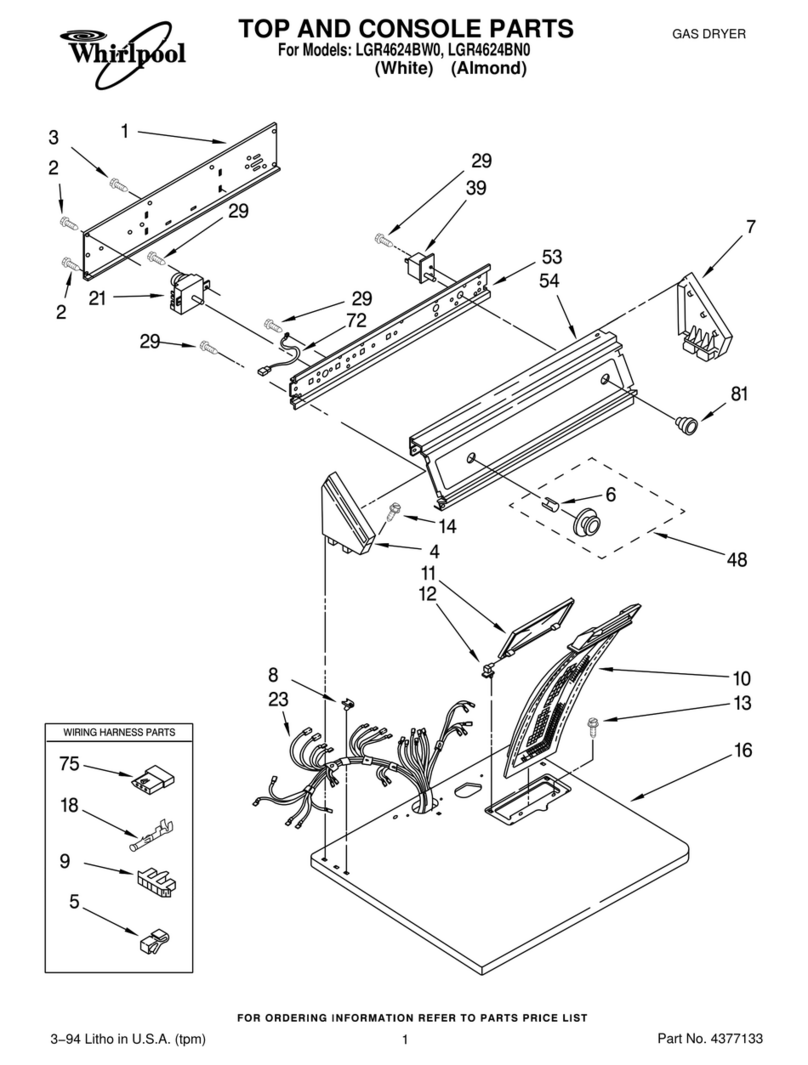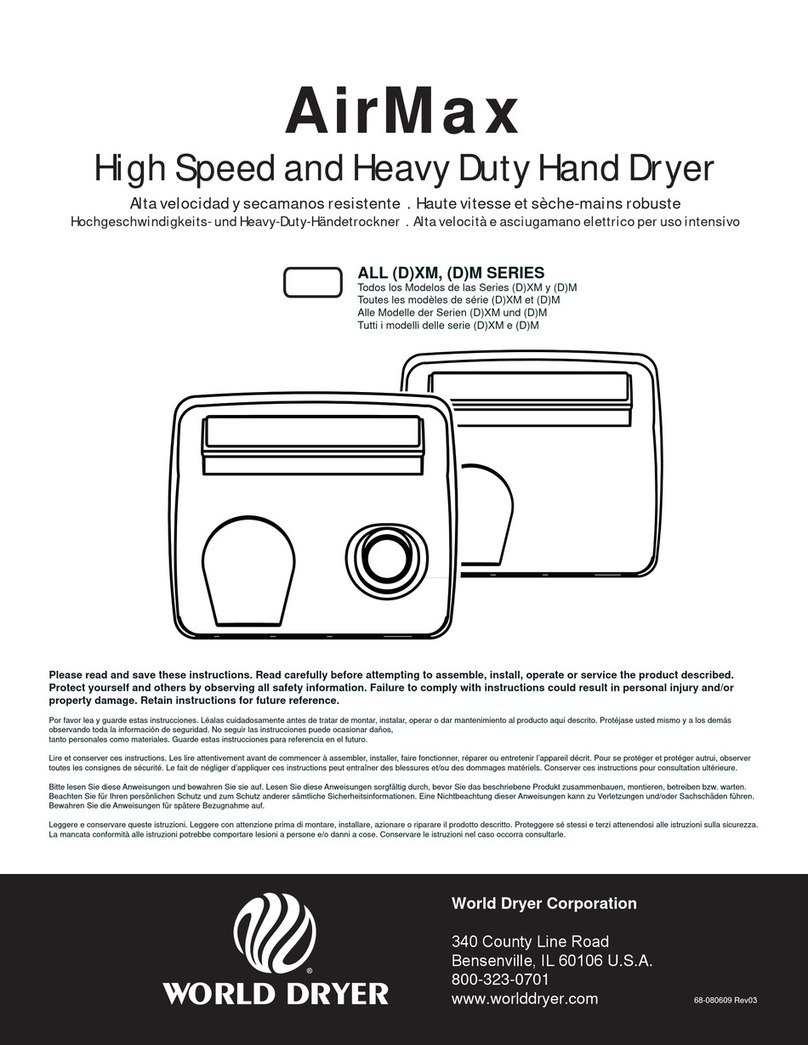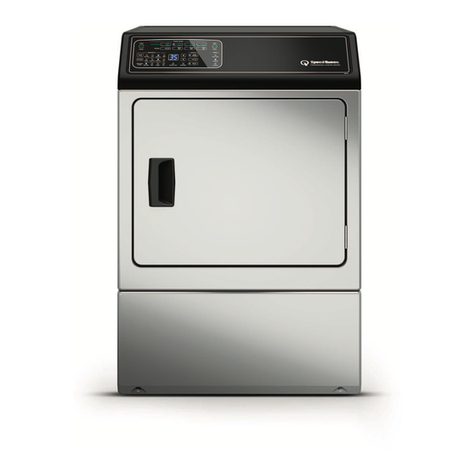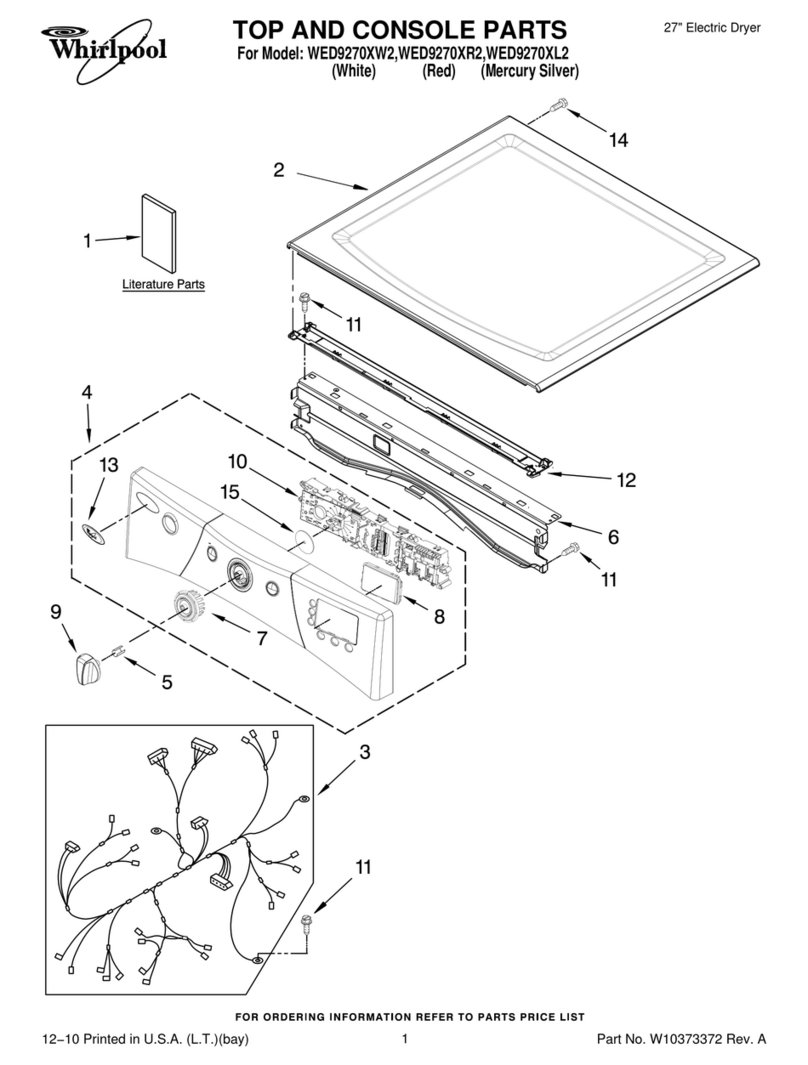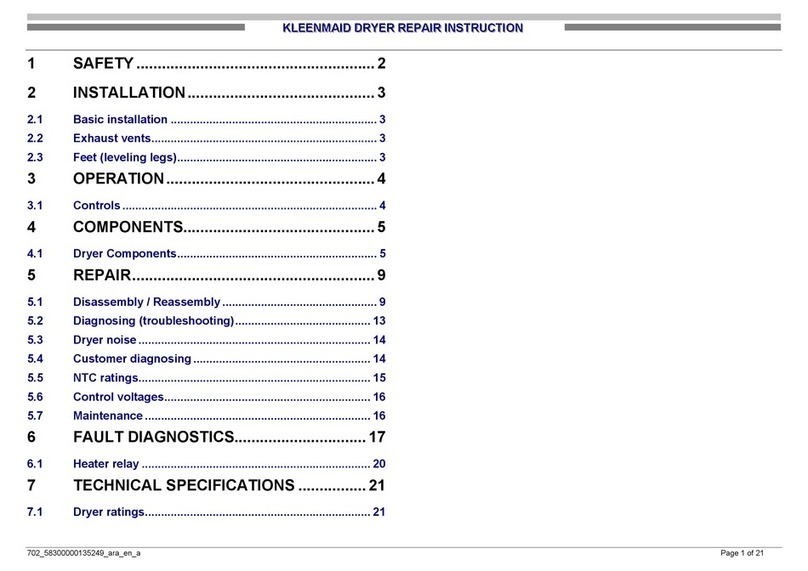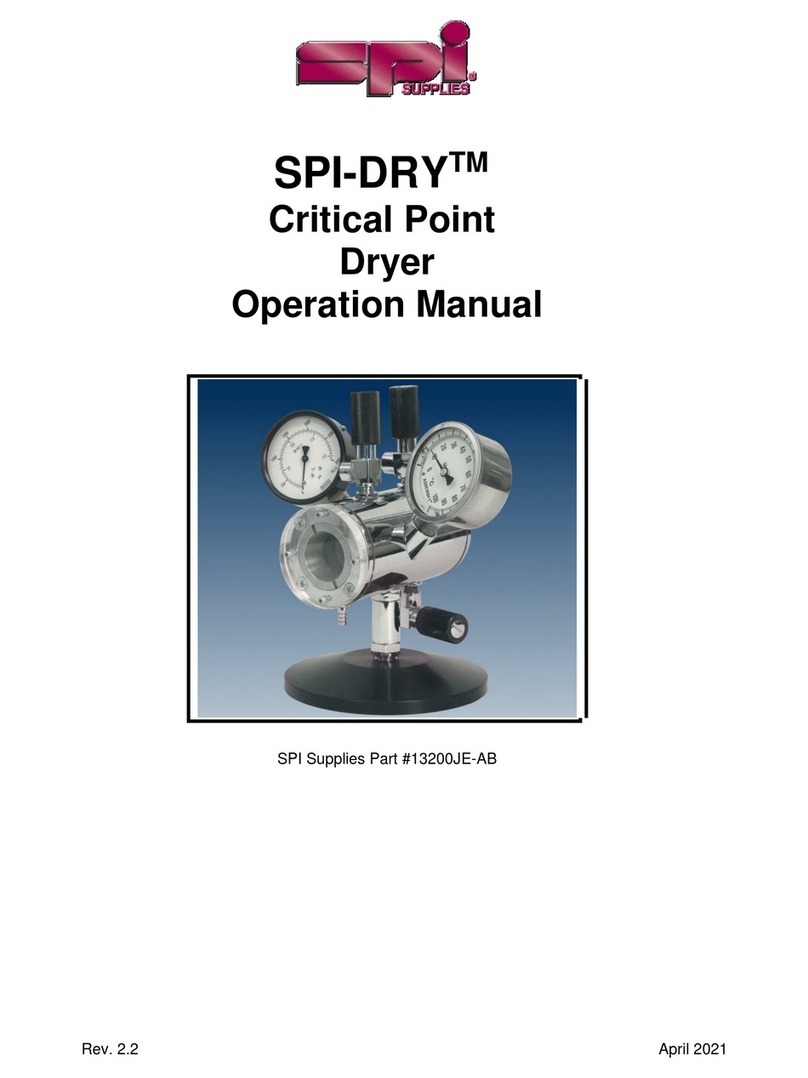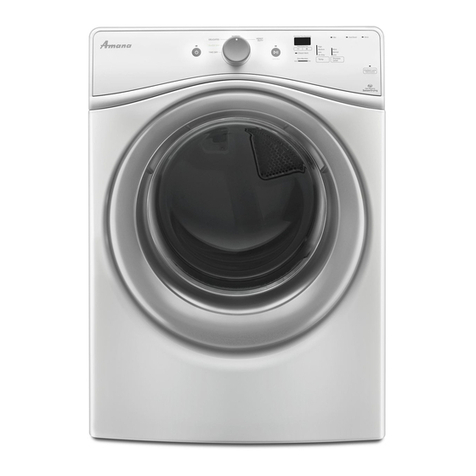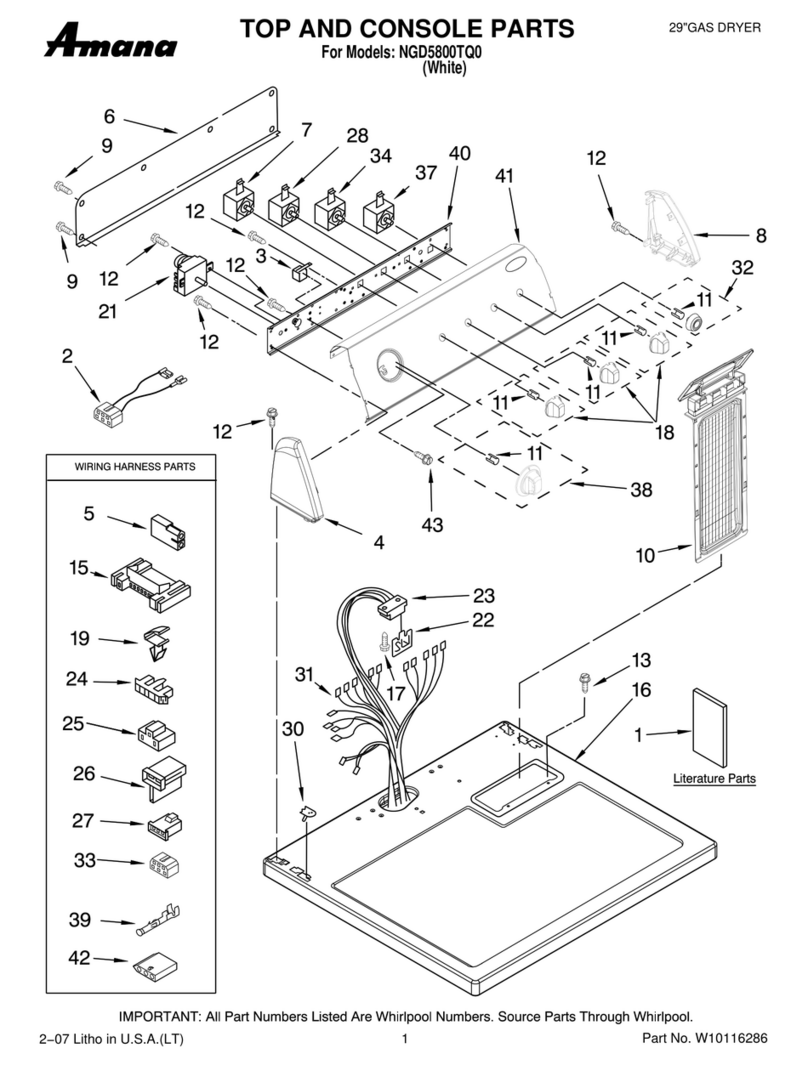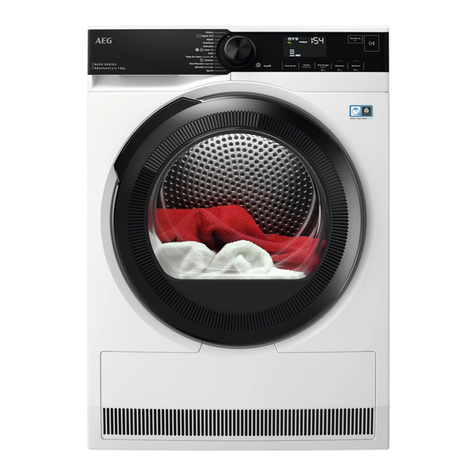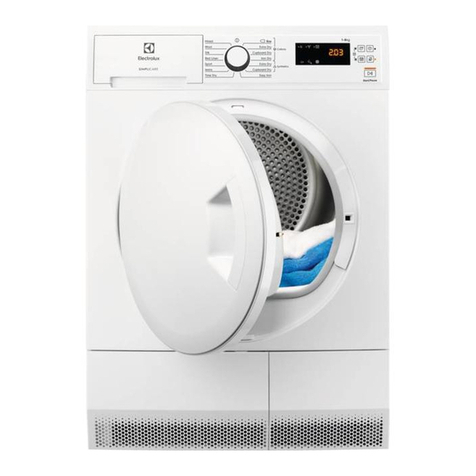GB
2.5 CONNECTION TO THE COMPRESSED AIR SYSTEM
Operations to be performed by qualified personnel. Never operate with plants under pressure.
The user is responsible to ensure that the dryer will never be operated with pressure exceeding
the nominal values. Eventual over-pressure could be dangerous both for the operator and the
machine.
The temperature and the amount of air entering the dryer must comply with the limits reported on the data
plate. In case of treatment of air at particularly high temperature, the installation of an aftercooler could
result necessary. The cross section of the connecting piping, which must be free from dust, rust, chips and
other impurities, must be consistent with the flow-rate of the dryer.
DRYER
INLET
DU
COMPRESSEUR
D'UTILISATION
AU POINT
DRYER
OUTLET
ENTRÉE DE
SÉCHEUR
SÉCHEUR
SORTIE DE COMPRESSOR
OF USE
FROM
TO POINT
In order to facilitate the maintenance operations a
by-pass group can be installed, as shown in the
following illustration.
In realising the dryer, particular measures have been
taken in order to limit the vibration which could occur
during the operation. Therefore we recommend to
use connecting pipes able to insulate the dryer from
possible vibrations originating from the line (flexible
hoses, vibration damping fittings, etc.).
2.6 CONNECTION TO THE MAINS
The connection to the mains, to be carried out by qualified personnel, and the safety systems must
comply with local rules and laws.
Before connecting the unit to the electric power, verify that the voltage and the frequency available on the
mains correspond to the data reported on the data plate of the dryer. In terms of voltage, a ±5% tolerance is
allowed.
The dryer comes with a mains connecting cable already installed and ending with a North-American
standard plug 2 poles + earth.
The mains socket must be provided with a mains magneto-thermal differential breaker (I∆n=0.03A),
adjusted on the basis of the consumption of the dryer (see the nominal values on the data plate of the
dryer).
The cross section of the power supply cables must comply with the consumption of the dryer, while keeping
into account also the ambient temperature, the conditions of the mains installation, the length of the cables,
and the requirements enforced by the local Power Provider.
It’s mandatory ensure the connection to the ground terminal.
Don’t use adapters on the mains socket. If necessary, have the pug replaced by qualified
personnel.
2.7 CONDENSATE DRAIN
The condensate is discharged at the same pressure of the air entering the dryer.
Never point the condensate drain jet towards anybody.
The dryer comes already fitted with tubing in flexible plastics (0.24in. - 6mm diameter and 4.9ft - 1500mm long).
The condensate drain occurs through a solenoid valve protected with a mechanical filter. In order to avoid
clogging of the solenoid valve, the condensate coming from the condensate separator is previously filtered,
than discharged. The solenoid valve coil is operated by an adjustable electronic timer.
Connect and properly fasten the condensate drain to a collecting plant or container.
The drain cannot be connected to pressurised systems.
Don’t dispose the condensate in the environment.
The condensate collected in the dryer contains oil particles released in the air by the compressor.
Dispose the condensate in compliance with the local rules.
We suggest to install a water-oil separator where to convey all the condensate drain coming from
compressors, dryers, receivers, filters, etc.



